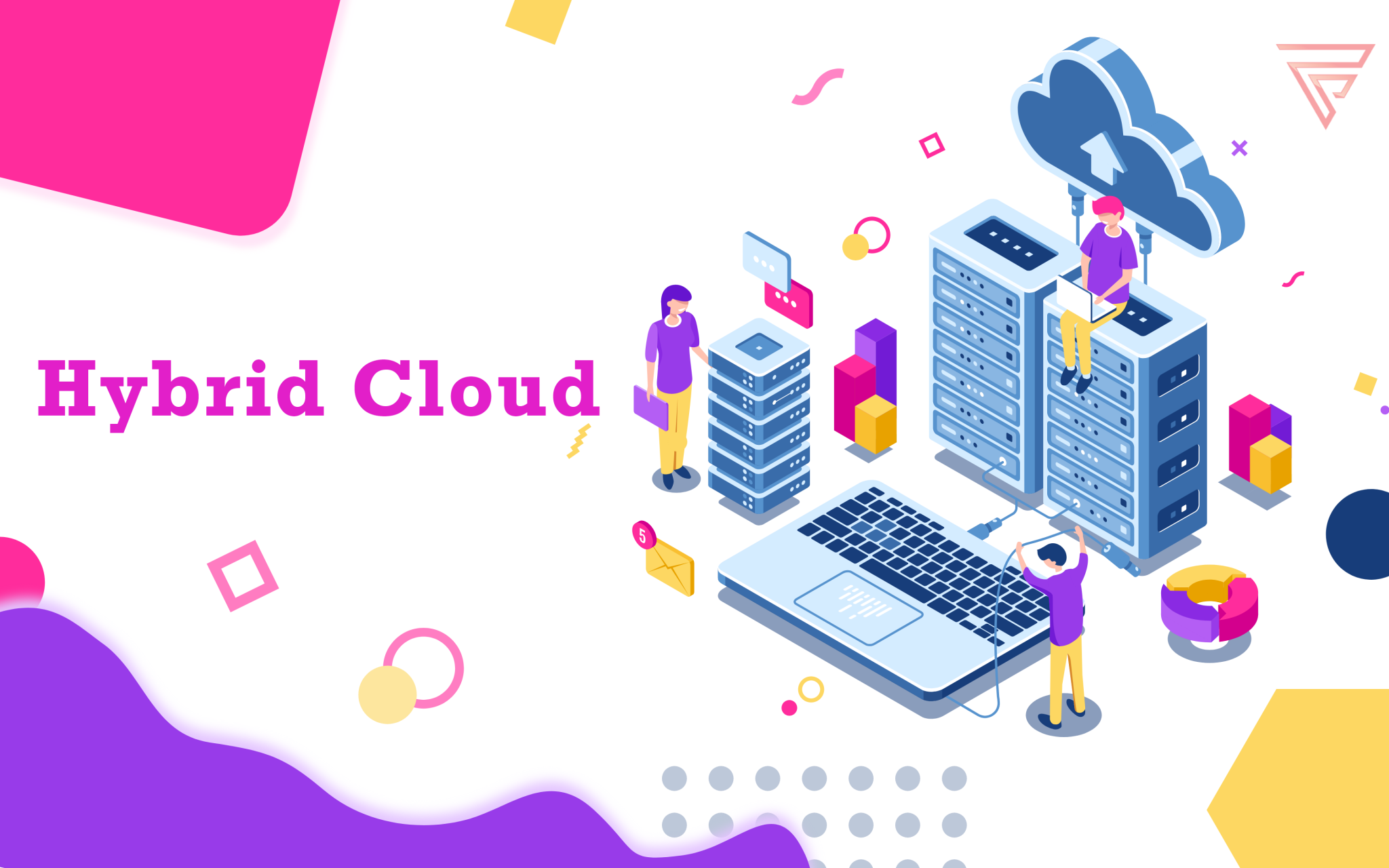What is a hybrid cloud ?
Hybrid cloud refers to a mixed computing, storage, and services environment made up of on-premises infrastructure, private cloud services, and a public cloud. Public cloud can be Amazon Web Services or Microsoft Azure with orchestration among the various platforms. Using a combination of public clouds, on-premises computing, and private clouds in your data center means that you have a hybrid cloud infrastructure.
What are the benefits of hybrid cloud ?
Although cloud services can drive cost savings, their main value lies in supporting a fast-moving digital business transformation. Every technology management organization runs under two agendas: the IT agenda and the business transformation agenda. Typically, the IT agenda has been focused on saving money. However, digital business transformation agendas are focused on investments to make money.
The primary benefit of a hybrid cloud is agility. The need to adapt and change direction quickly is a core principle of a digital business. Your enterprise might want to combine public clouds, private clouds, and on-premises resources. It is done to gain the agility it needs for a competitive advantage.
Is hybrid cloud right for you ?
Not everything belongs in a public cloud, which is why so many forward-thinking companies are choosing a hybrid mixture of cloud services. Hybrid clouds offer the benefits of both public and private clouds and take advantage of existing architecture in a data center.
The hybrid approach allows applications and components to interoperate across boundaries, between cloud instances, and even between architectures. The same level of distribution and access flexibility is also needed for data. Whether you’re handling workloads or datasets, in the dynamic digital world, you should plan for things to move around in response to evolving needs. Where applications or data live today might not be the best place for them to live over time.
A hybrid cloud architecture includes these characteristics : on-premises data center, private and public cloud resources, and workloads are tied together under common data management while staying distinct.
1.You can connect existing systems running on traditional architectures that run business-critical applications or contain sensitive data that might not be suited for the public cloud.
2.Hybrid cloud infrastructures are enabled by a data fabric which uses a software defined approach to provide a common set of data services across any combination of IT resources.
Why do companies choose hybrid cloud ?
Many businesses decide to set up a hybrid cloud for workloads that rise and fall throughout the year. For instance, the demand for a system that processes transactions could greatly increase in November and December, making hybrid a potential strategy. In this situation, the business might set up a private cloud and then burst to public cloud to be able to avoid reliability problems when demand surges. In order for the private and public clouds to work seamlessly, the hybrid cloud would then be adopted.
The incredible adaptability and scalability of public cloud mean that a business does not have to spend a huge amount of money in order to be prepared for temporary rises in demand. The resources are available immediately from the public cloud host, with the business only having to pay for what it uses.





